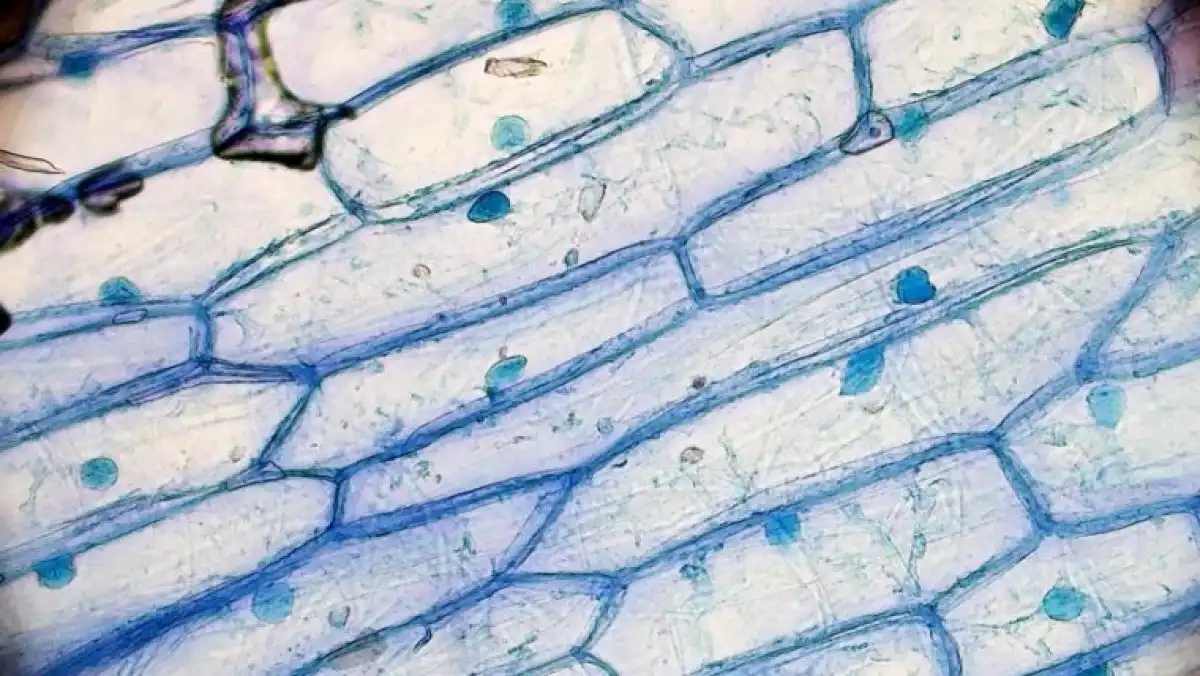
All living organisms share seven main characteristics and functions which in turn classify them in one of the six kingdoms of living forms.
7 characteristics of living things
Living organisms are also known as organisms and life forms, and they encompass all the biological entities which exhibit a series of similar functions and characteristics.
As explained in the following excerpt, different beings - from bacteria to human beings - meet the criteria required to classify as living organisms. (Koshland and Daniel, 2002).
1. Maintain homeostasis
One of the vital functions of all living organisms is homeostasis which represents the state of constant internal conditions maintained by living things. An example of homeostasis in humans is self-regulating body temperature.
2. Made of cells
Organisms are made up of one or more cells, which are considered the building block of all animals and plants. Bacteria, algae, protozoa, and certain fungi are unicellular organisms while the rest of the life forms (including animals and plants) are pluricellular.

3. Metabolism and breathing
Metabolism is defined as a series of chemical processes that take place inside the cells and allow organisms to perform their functions.
The principal effects of the metabolic process in our bodies are transforming food and other compounds in energy or into structures that allow protein, carbohydrate, and nucleic acids to be produced (anabolism). Another critical function of metabolism is purging any nitrogen waste (catabolism).
4. Growth and change
Growth, both cellular and regarding the living organism as a whole, occurs when the anabolic process is higher than the catabolic one.
5. Adaptability
Adaptability refers to the ability to change depending on our environment, and it is a fundamental process in any living organisms' evolution. Here we reference the adaptability of species rather than single individuals.
6. Responsiveness to stimuli
All living things react differently to stimuli that we receive from our environment, and in the case of humans and animals, our senses are perfect examples of this characteristic that all living organisms share.
7. Reproduction
Reproduction (or procreation or breeding) is the biological process by which new individual organisms called "offspring" are produced from their "parents." Reproduction is a fundamental feature of all known life; each organism exists as the result of breeding.
The reproductory process is not always sexual, i.e., involving two organisms of the same species which have specific traits, but it can also be asexual, such as spore productions and fragmenting, whereby organisms fragment themselves, essentially creating a clone.
Kingdom classification
In the following excerpts we will have a closer look at Cavalier-Smith's system of classification (1998), and although it is not the most current classification, we believe it is instrumental as a general guideline into the categorization of living organisms.
Unlike organisms, viruses do not qualify as such because they don't meet the majority of the criteria mentioned above. For example, viruses do not reproduce - they multiply, and they are not composed of cells but of virions, which is the name of a single virus particle.
1. Animalia
Animals are pluricellular eukaryotic (whose cells have a nucleus covered within membranes) organisms which, with only a few exceptions, feed on organic matter, breath oxygen, reproduce sexually, can move unassisted and form a hollow sphere of cells called blastula during their embryonic developmental stage.
2. Plantae
Plants are usually pluricellular eukaryotic organisms which perform the process of photosynthesis - which means they transform sunlight into chemical energy that helps power their vital functions.
3. Fungi
Fungi are a group of eukaryotic organisms associated with matter decomposition. The best examples of organisms in this kingdom are mold, yeast, and mushrooms.
4. Protista
Protists are a diverse collection of living organisms that are not fungi, animal, or plant. Taxonomy manuals of living organisms list Protista as unicellular organisms, such as the amoeba, or multicellular as seaweed, and one of their main traits is that they lack tissue matter and may or may not form colonies.
5. Archaea
Archaea are prokaryote (cells don't have a nucleus covered within membranes) organisms which were initially classified as bacteria, receiving the name archaebacteria (in the Archaebacteria kingdom), but this classification is outdated.
6. Bacteria
Bacteria are prokaryotic microorganisms that establish a symbiotic or parasitic connection with animals and plants, including human beings.
Bacteria inhabit our digestive system and our skin and in some cases, they prove useful in maintaining vital functions.
Check out the original article: Seres vivos: qué son, características y clasificación at viviendolasalud.com
References:
Cavalier-Smith, T. (1998). A revised six-kingdom system of life. Biological Reviews, 73(3): 203–266.
Koshland, J. & Daniel, E. (2002). The Seven Pillars of Life. Science, 295(5563): 2215–2216.
